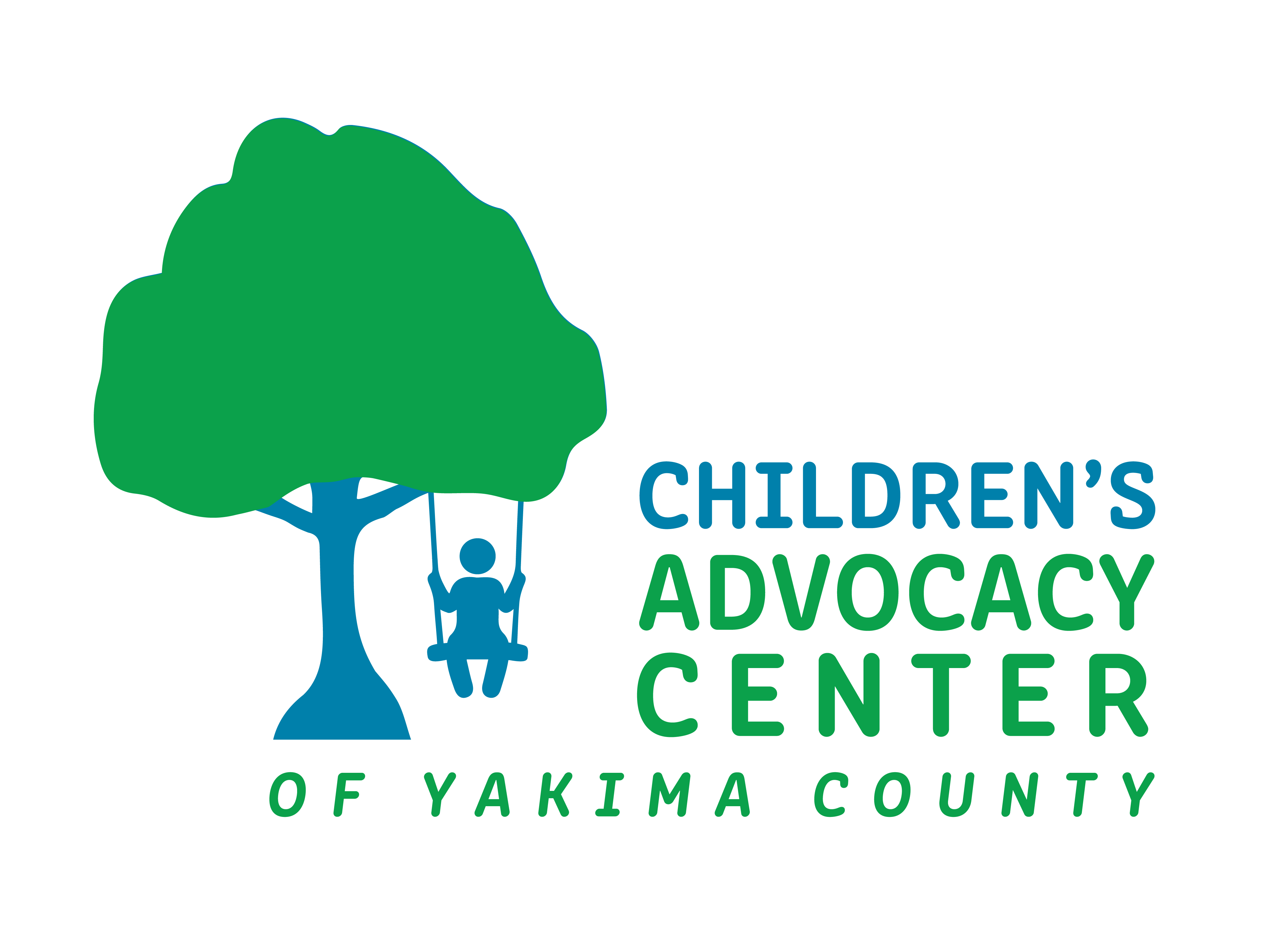Resources
Washington State has a toll-free line that is open 24 hours a day, 7 days-a-week, 365 days-a-year. Call 1-866-ENDHARM (1-866-363-4276) to be connected to the appropriate local office where you can report suspected child abuse or neglect.
Dial 911 if a child is actively in danger.
Signs of Abuse
Abuse and trauma take many forms, but the impact on children is often similar. Learning more about the signs is helpful, but not all children exhibit signs. If you suspect abuse, report it.
Neglect is the most common form of child abuse, and can encompass one or more areas of need. Neglect is when a child’s basic needs, such as food, health care, clothing, etc are not met, such that they pose a threat to the child’s health, welfare, or safety.
Common indications of neglect include:
- Frequent School Absences
- Begging/Stealing Money or Food
- Lacking Dental Care, Medical Care, or Glasses (if needed)
- Is consistently dirty, in dirty clothes, or has severe body oder
- Insufficient or inappropriate clothing for the weather (like not having a warm coat in winter)
- States that there is nobody present at home to provide care
- Abuses alcohol or other drugs
Physical abuse is when a caregiver inflicts physical injury upon a child, even when unintentional. Physical abuse typically results in physical marks, but not always. Sometimes it results in internal injuries. Physical abuse can include things like:
- Hitting/Punching
- Biting
- Burning
- Shaking
- Kicking
It does not matter whether an object (like a spoon, shoe, etc) or a person’s hand was used. If there are injuries, it falls under physical abuse.
This is different from physical discipline, which is not considered harmful and does not result in injuries. However, if physical discipline is used and an injury occurs, it does fall under physical abuse, not discipline.
Common indicators of Physical Abuse include:
- Unexplained (or explanations that don’t seem to fit) burns, bites, bruises, broken bones, or black eyes.
- Fading bruises or marks, after an absence from school
- Shrinks at the approach of adults
- Frightened of the parents, or protests or cries when it’s time to go home
Child sexual abuse, including exploitation, is any kind of sexual act toward a child by an adult, or older, more powerful child.
When talking to children, be cognizant of the words they use and ask them to explain, even if you think you know what they’re referring to. Some perpetrators teach children to call their sexual parts other names, knowing that most adults will overlook or excuse a child saying, someone touched their “tummy.”
Consider the possibility of sexual abuse having occurred when:
- A child has difficulty walking or sitting
- Suddenly refuses to change for gym, or participate in physical activities
- Reports nightmares or bedwetting
- Sudden changes in appetite
- Has bizarre, sophisticated, or unusual sexual knowledge or behavior
- Becomes pregnant or contracts a sexually transmitted disease
- Runs Away
Emotional Abuse can be difficult to identify, but is no less detrimental to a child’s health and welfare. It includes the acts (or failure to act) of caregivers that have caused or could cause serious behavioral, cognitive, emotional or mental disorders.
Common indicators of emotional abuse include:
- Extremes in behavior, overly compliant or demanding, extreme passivity or aggression
- Has attempted suicide
- A lack of attachment to the parent
- Is either inappropriately adult or infantile
- Is delayed in physical or emotional development (without an underlying medical cause)
Exposure to domestic violence has been shown to have a negative impact on children. It includes things such as witnessing or being aware of violence happening between the adults in the home. Exposure to substance abuse, such as drugs or alcohol, can also have negative effects on the health, safety, and well-being of children and is common in neglect cases.
The information provided in the list above are a guideline. Not all children exhibit the same symptoms, or symptoms at all. If you’re concerned that a child may be abused and/or neglected, report it.
Local Partners
Website
1002 North 16th Avenue, 3rd fl.
PO Box 12500
Yakima, WA 98909-2500
1-866-END-HARM
Reception: (509) 225-6500
Website | Facebook Page
1822 S 1st Street
Yakima, WA 98903
(509) 574-2500
ASPEN Victim Advocacy
Website
402 S. 4th Ave
Yakima, WA 98902
(509) 575-4084
The Lighthouse
Website
600 North Ave.
Sunnyside, WA 98944
(509) 837-6689
YWCA
Website
818 West Yakima Avenue
Yakima, WA 98902
(509) 248-7796
Ways You Can Help
In addition to reporting suspected abuse/neglect, there are other ways you can help. You can volunteer your time or make a donation to an advocacy program. Together, we can work to help prevent further child abuse.




